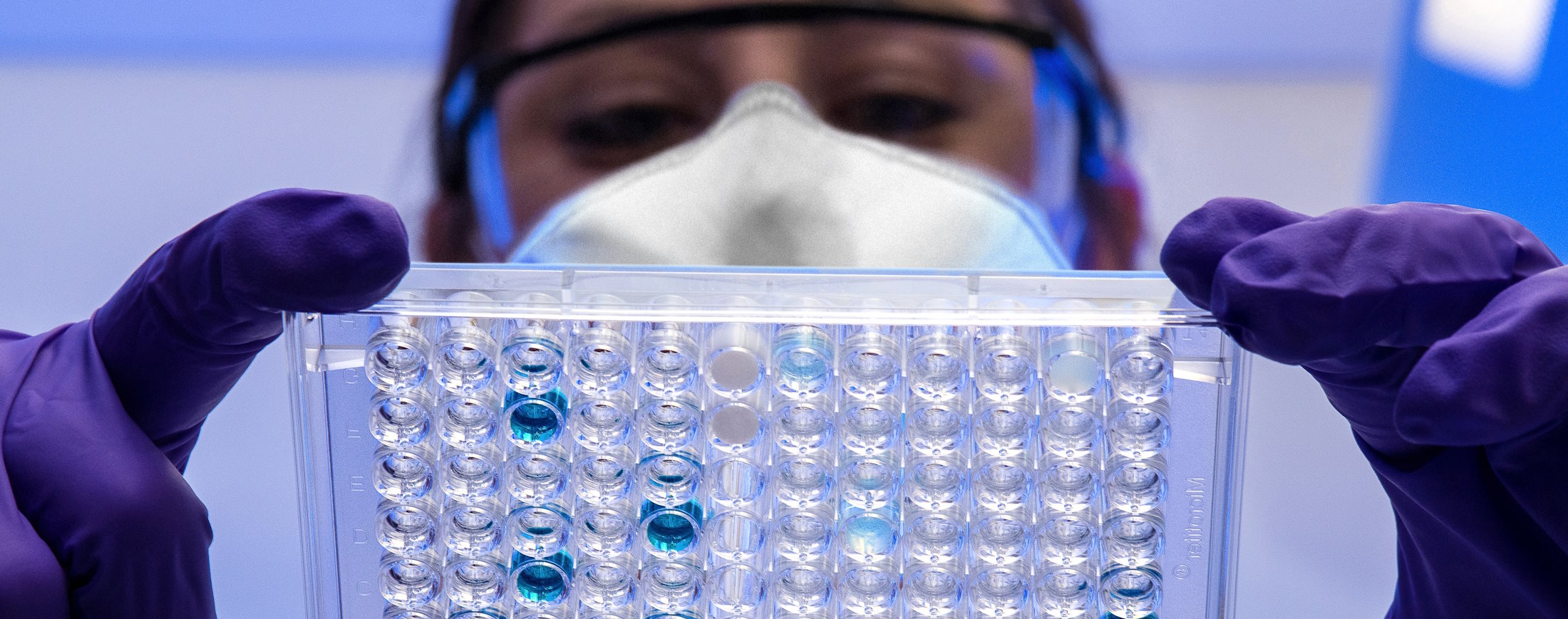Laboratory services are the backbone of healthcare delivery, underpinning diagnostics, clinical decisions, and patient outcomes. While they may constitute a smaller proportion of healthcare providers’ budgets—typically between 2% and 3%—their influence on the overall cost of care and operational efficiency is profound. Optimizing lab services procurement offers healthcare organizations not just an opportunity for cost savings, but a chance to improve quality, reliability, and patient satisfaction. Even modest improvements can deliver outsized benefits across clinical and operational domains.
The overlooked opportunity in lab procurement
For healthcare providers, lab services are much more than a back-office function—they are directly tied to clinical excellence and operational success.
Yet, many organizations grapple with inefficiencies in procurement that inflate costs and introduce risks to patient care.
The stakes are high: reliable lab results drive medical decisions for millions of patients, while disruptions in lab services can cascade into delays, misdiagnoses, or increased operational costs. Optimizing procurement not only reduces expenses but also bolsters quality and reliability—benefits that resonate throughout the organization.
Challenges facing lab services procurement
Healthcare providers operate in a complex landscape where lab services procurement must balance cost, quality, and compliance. Common challenges include:
- Opaque pricing structures:
Providers often struggle with unclear or inconsistent pricing for tests and services, making cost control difficult. - Turnaround time variability:
Delays in test results can impede patient care and interrupt clinical workflows, leading to inefficiencies. - Supply chain vulnerabilities:
From shortages of reagents to logistical bottlenecks, lab supply disruptions can have far-reaching impacts. - Vendor fragmentation:
Managing multiple suppliers with different standards and contracts is resource-intensive and limits opportunities for volume-based discounts. - Regulatory and data compliance:
Ensuring adherence to strict standards like CLIA and HIPAA, while protecting sensitive patient data, adds complexity.

Strategic solutions: Procurement as a lever for transformation
Effective procurement strategies can address these pain points and unlock value for healthcare providers. By adopting targeted interventions, providers can achieve both cost savings and operational improvements. Key strategies include:
Partnering with fewer, high-quality providers streamlines contracts and enables volume-based discounts.
Defining clear standards for turnaround times, quality, and penalties ensures accountability and improves vendor performance.
Establishing standardized pricing structures through benchmarking enables better budgeting and cost management.
Using key performance indicators (KPIs) such as test accuracy and turnaround time fosters continuous improvement and proactive issue resolution.
Dual sourcing, maintaining buffer stock and ensuring capacity at external labs can mitigate the risk of supply shortages.
Ensuring vendor compliance with regulatory standards reduces risks and protects sensitive patient data.
Success in practice: case study
A European healthcare provider faced mounting cost pressures in its laboratory services, with an incumbent supplier proposing significant price increases after years of stable pricing. Recognizing the need for a strategic shift, the organization initiated a competitive tender process to evaluate options for both external lab testing and point-of-care (POC) testing.
Through this structured process, the provider identified an alternative vendor offering a more innovative and cost-efficient commercial model. By negotiating detailed feedback loops and leveraging a “Best and Final Offer” approach, the organization achieved a cost reduction of approximately €600,000 annually, representing a savings of around 7% of its total lab services expenditure. These savings were realized through improved pricing on external lab tests and by transitioning to a model involving self-sourced reagents for POC testing, which had already proven effective at selected sites.
Beyond financial savings, the new partnership brought operational efficiencies and bolstered supply chain resilience. The tender encompassed nearly 1,000 different test products, with a tailored approach ensuring the new solution integrated seamlessly into the provider’s existing workflows. This strategic move not only reduced costs but also enhanced service reliability, providing a sustainable model for future operations.
Contact our experts
Further insights





